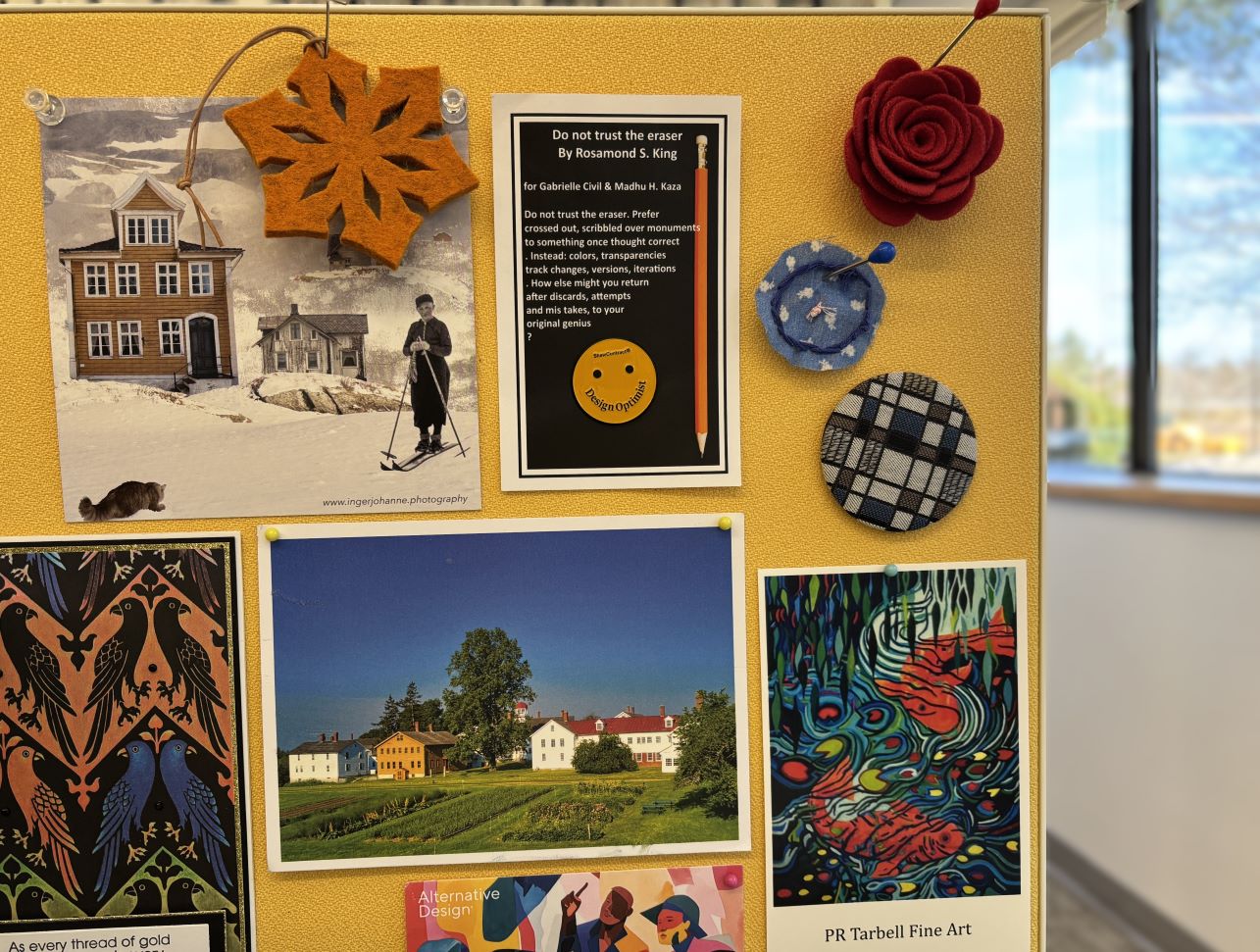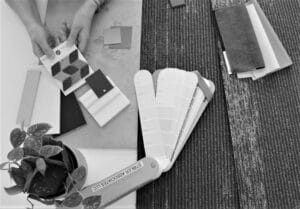
Design Iteration
On the tack board above my desk is a copy of Do Not Trust the Eraser, by poet Rosamond S. King. It is a beautiful reminder that art is iteration. Some days I miss the rolls of trace paper and felt tip pens, and although our design tools change and progress, the importance of iteration in the design process remains steadfast. I often explain to clients, “test fit number one is never the final answer”. Creating an effective and inspiring interior design is achieved through collaboration between designer, client and stakeholders, fusing artistic concept, physical space parameters and programming needs into a complex ecosystem. The back and forth. The push and pull. The vision! The budget!
 Stibler’s design process begins with space programming, which is all about getting to know an organization from mission, vision and values to workflow processes of every department. We ask our clients: How do you deliver value to your customers? What do your employees need to succeed? Our skilled designers truly listen and synthesize this information with the building’s physical conditions and code constraints to develop space plan scenarios.
Stibler’s design process begins with space programming, which is all about getting to know an organization from mission, vision and values to workflow processes of every department. We ask our clients: How do you deliver value to your customers? What do your employees need to succeed? Our skilled designers truly listen and synthesize this information with the building’s physical conditions and code constraints to develop space plan scenarios.
Space planning is most successful when the design professional combines their expertise and experience with a thorough understanding of the client’s big picture goals and detailed requirements. Collaboration and iteration are key strategies that evolve test fit plan option #1 to an exceptional final space plan solution.
Design development is sometimes lovingly referred to as the “fun part” of the design process – not because we think it is more fun than deeply understanding our clients or the intricate problem-solving of space planning, but because the selection of colors, patterns and textures in this phase is often the most relatable aspect of interior design.  It’s also important to understand that these selections are not based on personal preferences, but from a design concept that defines the “why” behind every design decision.
It’s also important to understand that these selections are not based on personal preferences, but from a design concept that defines the “why” behind every design decision.
The interior design process does not stop here! Drawings and specifications are the critical next step to conveying detailed instructions about the design needed for approvals, pricing and implementation.
The free and easy flow of design iteration is usually tempered by the project administration phase, but it is still important to collaborate with clients and project partners, such as contractors, furniture dealers, graphics companies and others who physically manifest the design. Everyone brings valuable expertise, skills and insights to the process.
Projects whose team members lean into the design ideals of iteration and collaboration have the most successful outcomes, measured not only by achieving schedule and budget goals, but by client and stakeholder happiness!





